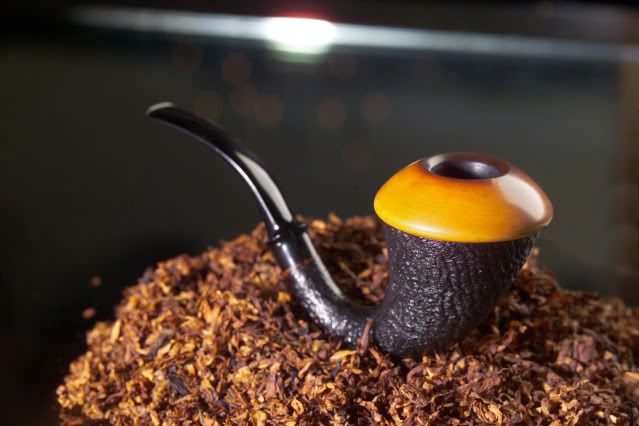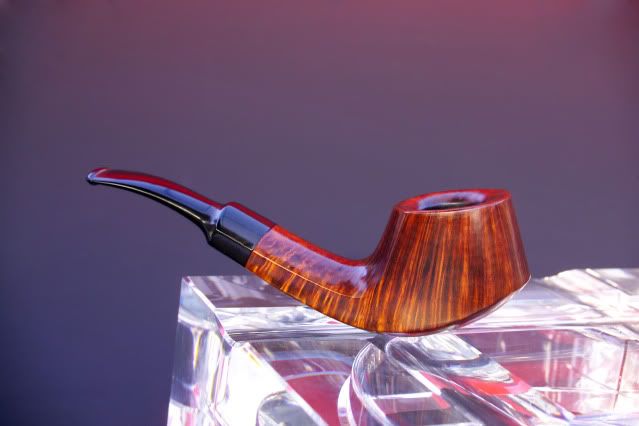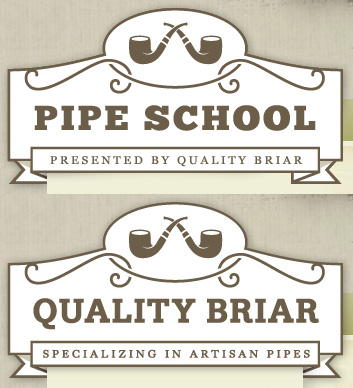In a blog on this site back in September, https://www.craighobson.com/archive/qualitybriar/2011/09/the-price-of-information/, Chris Lee expressed an understandable dismay at the prices of briars being offered for sale on Chinese sites, amounts which appeared to reflect a 300% markup. In thoughtful reply, Warren Wiguto speculated that those figures might well reflect a combination of market availability, as well as the allure of the “exotic, rare or luxurious”. Reading Mr Lee’s blog, I felt a weight rise from my shoulders. Finally, someone started a dialog on a subject that many are aware of, but no one seemed to want to discuss, and Warren’s hypothesis is undoubtedly part of the equation. For a few years I have studied the Chinese pipe market, mainly concentrating on the trail of the product from the source, and the subsequent pricing at the end. So, how do the briars get there, and why is the end user paying what seems to be an exorbitant tribute? Here’s the skinny. Read more

This question was recently posed on a particular pipe-smoking forum on which I am an active member. I thought it was an interesting question from the outset, and the result of the conversation was both unexpected and fascinating.
For those of you who don’t know, allow me to give you a brief biography of Bo Nordh and what this was even asked. If you do already know, feel free to skip down a little.
Bo Nordh was one of the revolutionary pipe makers, a statement that can hardly be denied even by his critics. Mr. Nordh was raised and lived in Sweden and made his first pipe shortly after graduating with a degree in machine-engineering. One of the first things that irritated him about those initial blocks, and something continued to influence his carving for years to come, was the amount of flaws found within the briar; it was simply unacceptable to Bo.

After selling his first pipes to Olle Jonsson, Bo was encourage to meet up with Sixten Ivarsson. To call Sixten a giant, despite his slightly diminutive appearance, would be an understatement. In this initial meeting, Sixten shared his knowledge of the minutiae with Bo, the little details required to make not only a beautiful, but also a functional pipe.
From that moment, Bo’s career continued to skyrocket, though he only made around fifty pipes a year. This low output came as a consequence with his obsession with quality. As we are told from grade-school onward: quality over quantity.
Bo drilled all of his pipes by hand and would always ensure that the shape that we was going to make matched the briar block. Much like many sculptors, Bo believed in inspecting the block of briar to see what shape was hidden inside and would then try to free it, rather than forcing the block to match the shape that he needed to make.
Many of you might be familiar with the Ramses shape, a shape that is known for being rather “high-end”, as you don’t often see many of them below the triple or quadruple digits. Well, you can thank Bo Nordh for that shape.
So, with that short biography out of the way, we must return to the initial question: Do I aspire to own a Bo Nordh pipe? Yes, I do.
Bo Nordh is an incredibly important figure in the pipe world, not only creating one of the most beautiful shapes, in my mind, but also carver some incredible works of art. His dedication to quality over quantity and his desire to work with the briar resulted in pipes that would shine in even the greatest of collections.

I was surprised to find that I was in the minority when I expressed this opinion on that particular online forum, and it seems to me that a lot of people got caught up by the word “aspire”. People seemed willing to admit that they wanted a Bo Nordh, but did not aspire to own one. Read more

